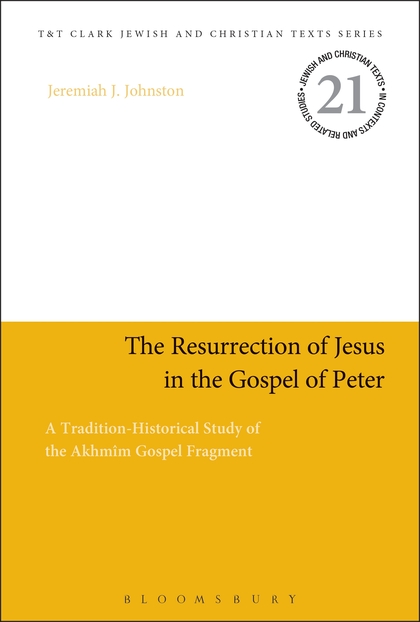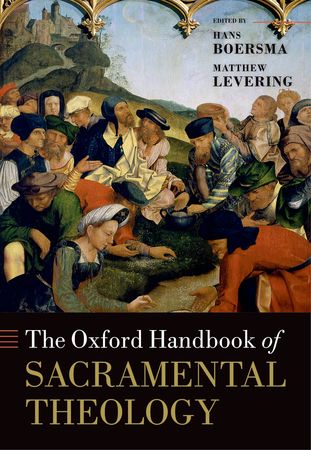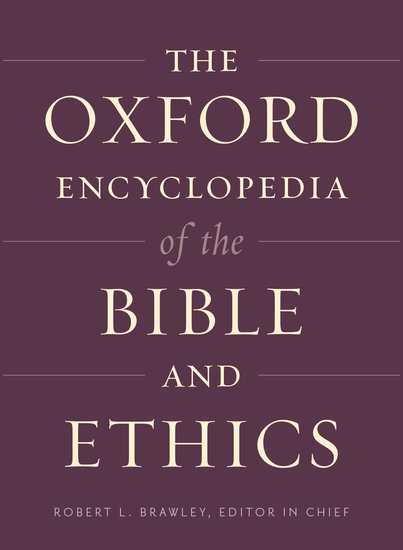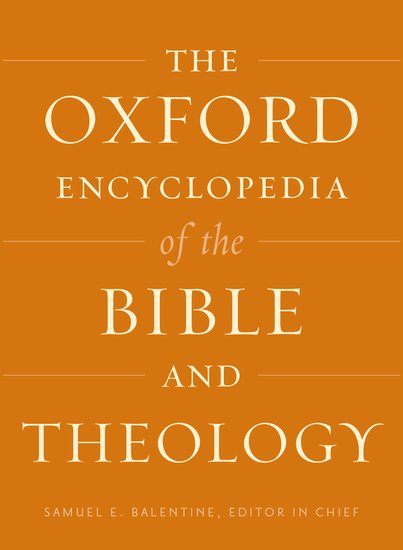
The Resurrection of Jesus in the Gospel of Peter
A Tradition-Historical Study of the Akhmîm Gospel Fragment
All four canonical gospels identify the resurrection of Jesus, yet none detail the exact moment of its happening. The absence of this narrative detail was hotly contested in the second century, when critics derided a resurrection account without credible witness. Thus, the discovery of the Akhmim fragment at the end of the 19th century, which purports to provide exactly that detail, is a huge and surprisingly under-utilised addition to Biblical scholarship of the Apocryphal gospels. Johnston examines both the impact of this discovery on the scholarship at the time, and argues for the dating of the fragment to the second century AD. He identifies shared characteristics with other documents from this period, including a rise in anti-semitic feeling, and developments in concepts of the afterlife, and makes a claim for this fragment being the text that aided the development of these movements.
The Second Century was the key time in which the non-canonical Biblical texts were established. It was also the era in which theologies which would become ‘orthodox’ in the third century were penned and defined. The significance, then, of dating the Akhmim fragment to the second century AD is huge. This work will be of great use to scholars of Second Temple Judaism, and those with an interest in the creation of the ideas that surround scholarship of the Bible.

Searching the Scriptures: Studies in Context and Intertextuality
This first-class collection of essays challenges current hermeneutical practice in relation to the use of Hebrew writings and citations in the New Testament. This work critically engages the hermeneutical methods used to analyse the New Testament writings, so that the lenses through which studies of the texts have been traditionally viewed can be revised. Jeremy Hultin contributes an article on the rhetorical use of the chosen citations by Jewish rabbis in their commentary on scripture, while Mark Gignilliat writes on the potential implications for viewing Old Testament Scripture in the manner of the early Church exegetes and theologians. With these two contributions providing a frame for the other chapters, the essays explore a range of topics including the significance of the number 42 in Matthew; the study of Wisdom in Matthew, the extent to which the four gospels are underlined by Hebrew material, if any; the use of Hebrew material in shaping New Testament writings; and the uses of Scripture in the letters of Paul and the letters to the Hebrews.
Read separately, these articles provide fascinating insights and revisions to established ideas on intertextuality between the Old/Hebrew Bible and the New Testament writings. Taken together, the collection presents a solid argument for the fundamental revision of our current hermeneutical practice in Biblical Studies.
Academic Contributions
Academic reference works, referred journals and serials



